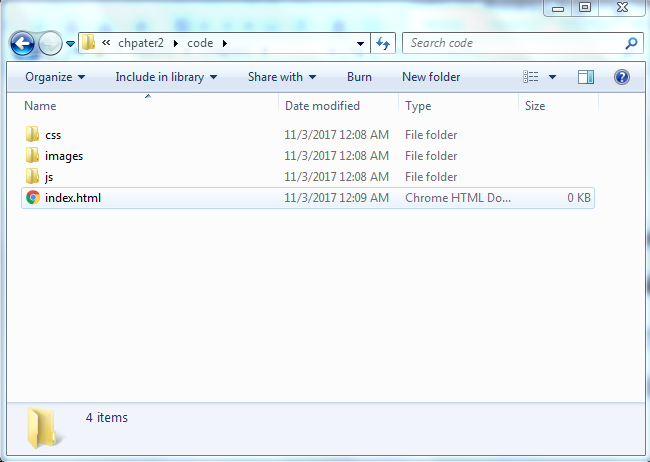First, we need to create a folder structuresimilar to our Hello World app, which we made in Chapter 1, Getting Started with Firebase and React. The following screenshot describes the folder structure:

When we start making an application with ReactJS, we need to do some setup, which just involves an HTML page and the reactjs library. Once we have finished creating the folder structure, we need to install both our frameworks: ReactJS and Firebase. It's as simple as including JavaScript and CSS files in your page. We can do this via a Content Delivery Network (CDN), such as Google or Microsoft, but we will fetch the files manually in our application so that we don't have to be dependent on the internet and can work offline.
First, we have to go to https://reactjs.org/ and see the latest available version that we will use in our application:

As of writing this book, the latest version available is v16.0.0. We will use CDN React packages in this chapter...



